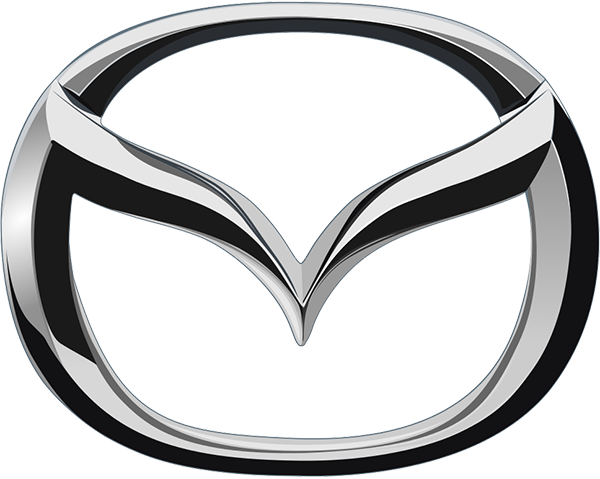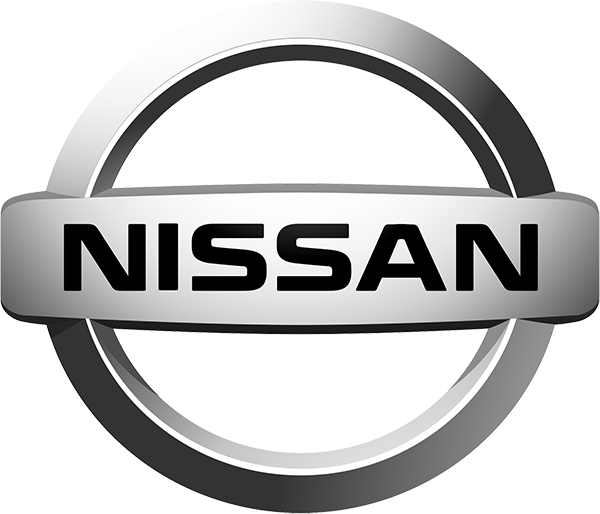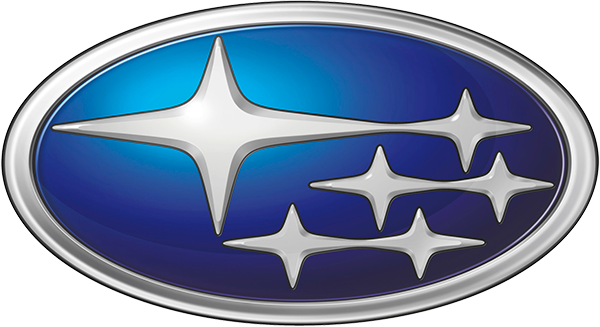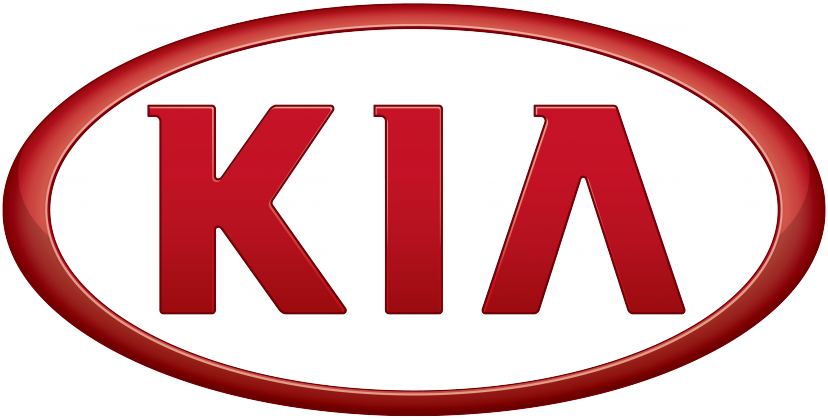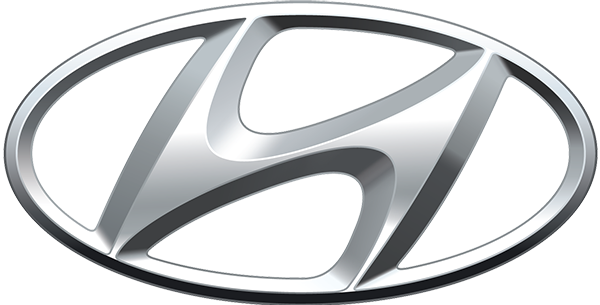The futuristic self-driving cars are coming. This generation will likely witness an unprecedented change in the automotive industry: self-driving vehicles. In the past this was only an imagination exclusive to science fiction movies. Technophile, what we call a person fascinated with technology, surely knows Google’s journey in developing the Google self-driving car since 2009.
Imagine what automated cars can do to improved congestion, reduced drivers’ stress and especially reduced road accidents. As Google stated, “94% of accidents in the U.S. involve human error.” Self-driving cars promotes real change to how we commute and the functioning of our roads. It opens an opportunity to every nation for a safer and more convenient traffic and road system; and can even become accessible to non-drivers including senior citizen as well.
In addition, Government agencies and institutions related to the automotive industry will be affected by the changes brought by the self-driving car. For example, traffic fines will almost become non existent as the car is programmed to strictly follow road rules, including driving only at speed limits allowed. Furthermore, insurance companies will need a full review of their policy, well, who is responsible for an accident if it was caused by a system malfunctioning and not a driver’s fault?
Google Self-Driving Car Project
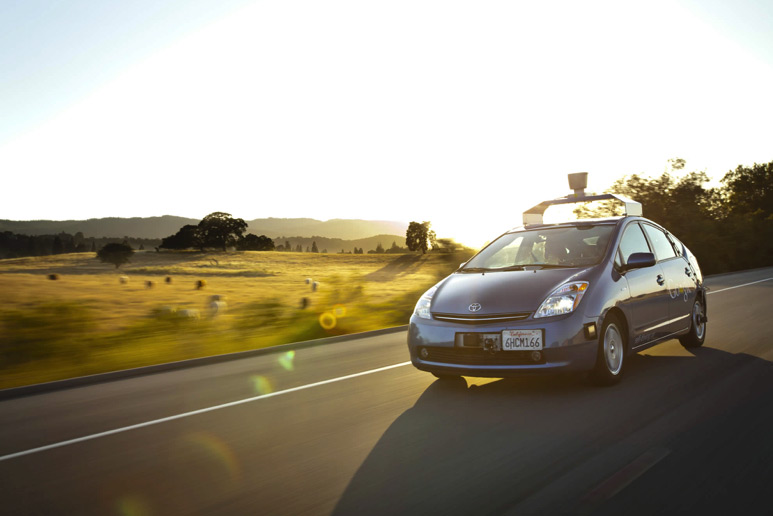
Initially, the team that started the Google self-driving car project used actual cars such as the Toyota Prius (in 2009) and the Lexus RX450h (in 2012), making a record of 300,000 miles of self-driving on freeways. The challenge became tougher as the cars were tested on more complex environments such as city streets.
In December 2014, after months of developments and testing, Google announced the first self-driving car prototype made from scratch. The prototype neither has a steering wheel nor pedals. It is a native fully self-driving vehicle.
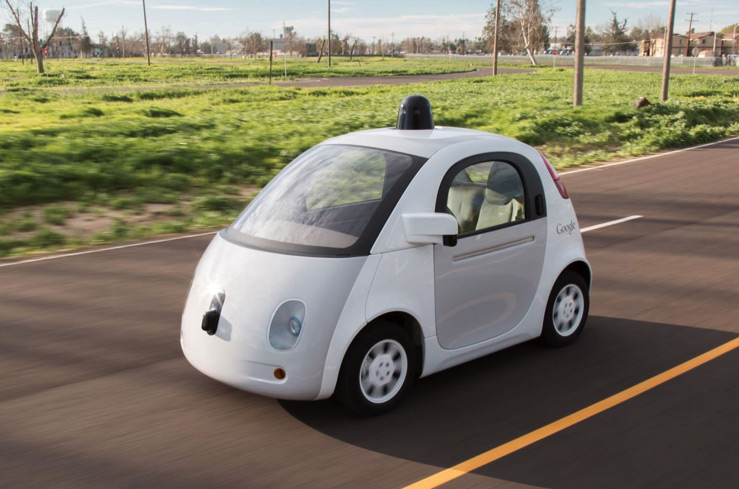
Similar to the self-driving cars that were developed previously, the prototype is equipped with both a programmed map and sensors that determine its location and surroundings. The car sensors’ can identify streets, lanes, detect objects around it such as pedestrians, moving vehicles, cyclists or even birds, thus adjusting the speed accordingly. Moreover, It is aware of intersections, other cars’ sudden change of lanes and unaligned traffic cones ahead. And it does it all automatically, like magic.
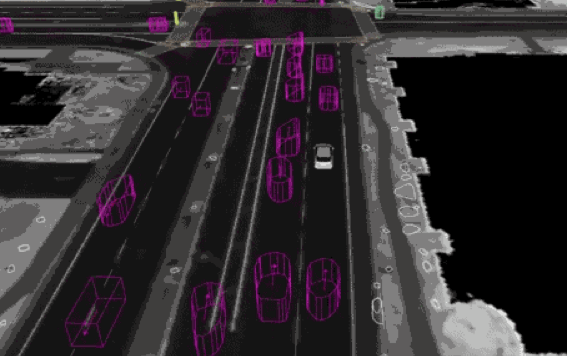
The tests had its share of setback. For instance, in 2014, a Google self-driving car collided with a bus while trying to avoid sandbags that were blocking its way. The collision, as Google believed, was a “misunderstanding and a learning experience” that would help in developing focus on the passengers’ safety and unexpected circumstances. Other incidents as reported by Google were due to unavoidable events concerning Google drivers on manual driving mode.
Recent Developments
On a recent monthly report, the self-driving car is now learning to blow horns as normal drivers do to alert fellow drivers and pedestrians. There are several types of horns. The sound from the horns is selected based on the circumstance. Two quieter beeps will let other cars and people know that the Google’s car is just behind. On the other hand, one loud honk is used for more urgent situations.
Drivers are fully aware of the importance of honking to people crossing the streets or cars cutting lanes as Google reported, “pedestrians and cyclists rely on sound to alert them to a nearby car, particularly if they’re about to cross the street or change lanes.” Basic functions like horns are still relevant to ensure safety of their passengers and what surrounds it.
Google self-driving cars are setting the record of completing more than 1.5 million miles. Tests and improvements are ongoing and a driver is always aboard in case of malfunction. It is said that the project may come to the market by 2020. Google is continuing to report its progress and improvements as they are now testing it in different seasons and difficult scenarios like heavy rains or snow.
The self-driving will be a big change bringing more comfort, safety and improved traffic in our congested cities. It could change the automotive industry forever, affecting government regulation and changes to how insurance works. It will re-shape the functioning of our roads and overall bring improvements to private commuting.





